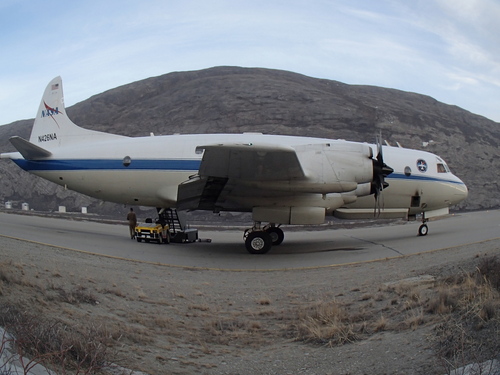
Let’s talk planes. Everybody likes planes, don't they? Operation IceBridge flies a P-3B Orion, tail number N426NA. You can track the plane on NASA’s flight tracker website.
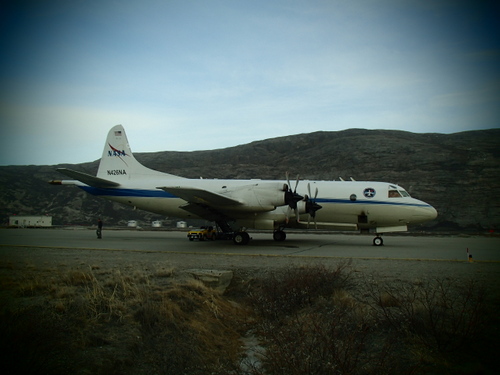
Development of the P-3 started in the late fifties, and production began in the early sixties. In the U.S. 650 were built by Lockheed, but Kawasaki also produced the plane under license, manufacturing 107. The P-3B variant was built for the US Navy between 1965 and 1969. N426NA was built in 1967, making it one year younger than I am!
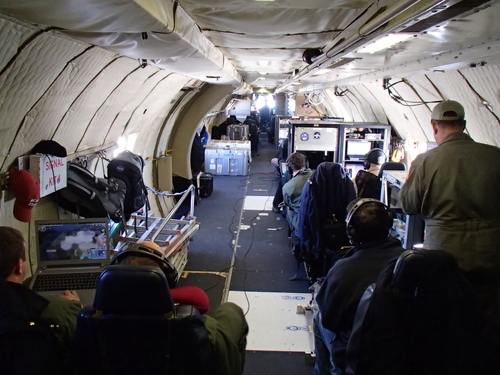
The P-3 is still in use by the US Navy, Japanese Self-Defense Force, Royal Australian AF, and the Brazilian AF, and many other countries. It is easily recognized by its MAD Boom sticking out the back of the aircraft. MAD stands for Magnetic Anomaly Detector.
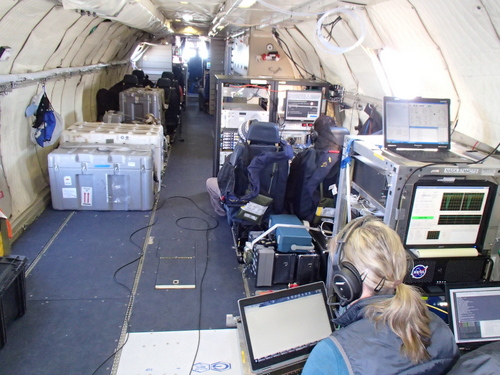
The P-3 was designed to hunt for submarines. The long fiberglass MAD Boom housed a magnetometer. The idea was to isolate the magnetometer from the magnetic material in the plane by placing it as far from the plane as possible. A submarine has a lot of ferrous metals (like iron) and the P-3 can detect minute fluctuations in the earth’s magnetic field caused by a submarine, even when the sub is underwater. NASA chose this plane, in part, so they could gather magnetic data in addition to all the other data they gather.
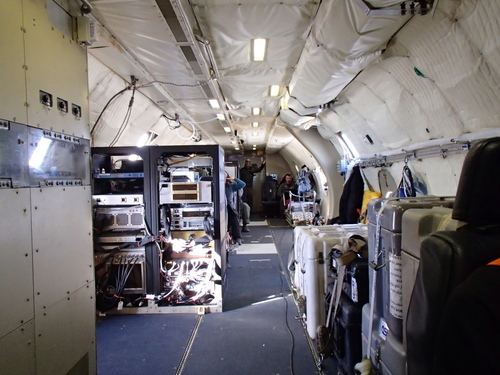
Once a submarine was detected, the P-3 dropped sonobuoys, or floating buoys that sent sound waves out underwater and listened for the echoes coming back off the submarine. The P-3 then could drop a variety of weapons into the water to destroy the sub. NASA’s highly-modified-for-research P-3 has none of these features … unfortunately :-)
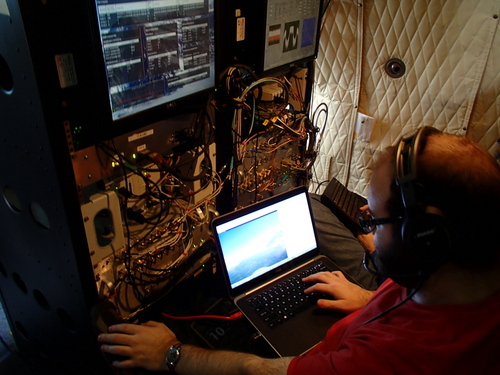
While the Soviet Union is not much of a threat any longer, the US Navy revealed in 2011 that the P-3 has been used to hunt down ‘narcosubs’ used in drug smuggling operations. Same job, different enemy!
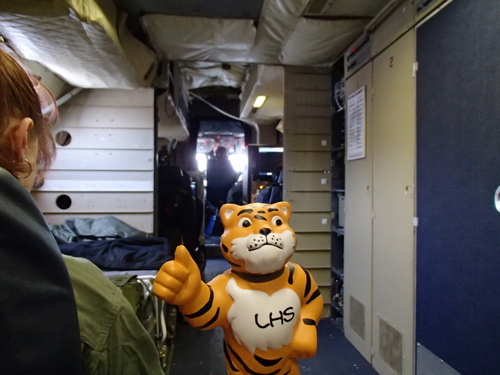
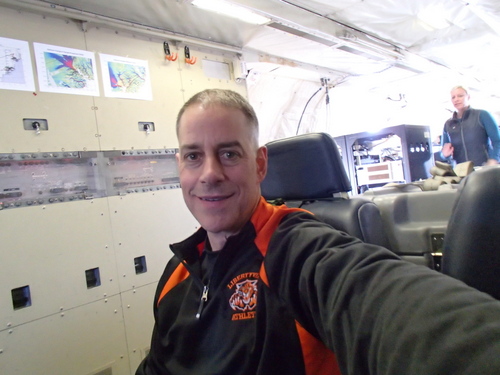
The P-3 will eventually be replaced by the P-8 Poseidon which is based on the 737 airframe, except they have to cut a bomb bay in the fuselage and add little things like SLAM-ER missiles.
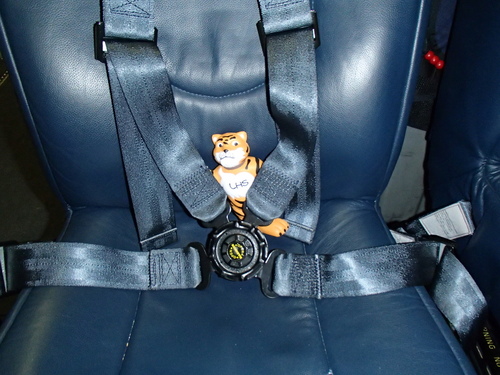
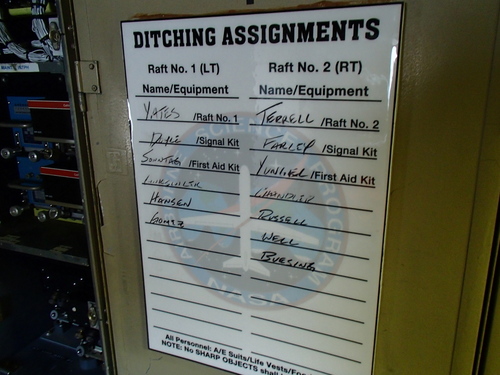
Interesting (to me) P-3 facts:
Combat operations use a crew of 11 – NASA’s flight crew is 5 since there are no weapons to operate
Length: 117 feet
Wingspan: 100 feet – lots of lift, even when flying slow
Height: 39 feet
Empty weight: 77,200 pounds
Max takeoff weight: 142,000 pounds
Engines: 4 Allison turboprops, about 4,000 horsepower each
Max speed: 475 mph – on science missions are flown at 250 mph
Range: 4,800 miles on one “tank” of fuel!
Max time aloft: 16 hours – science flights are 8 hours
Max altitude: 34,000 feet – science flights are flown at 1,500 feet (combat patrols were 200 feet!)
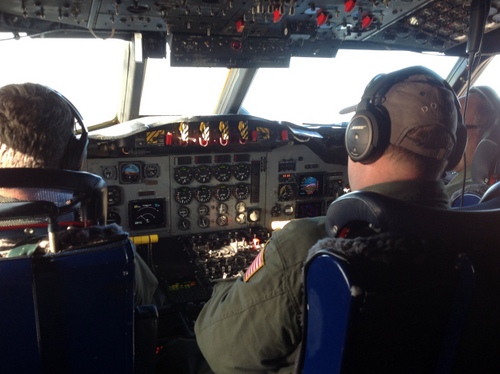
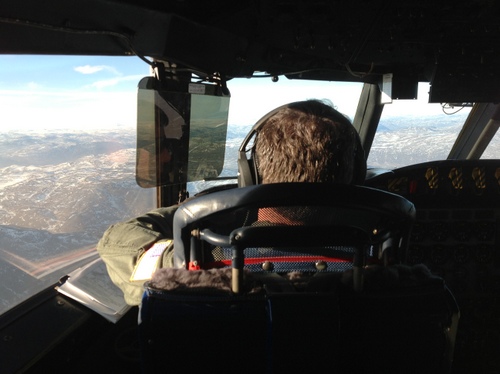
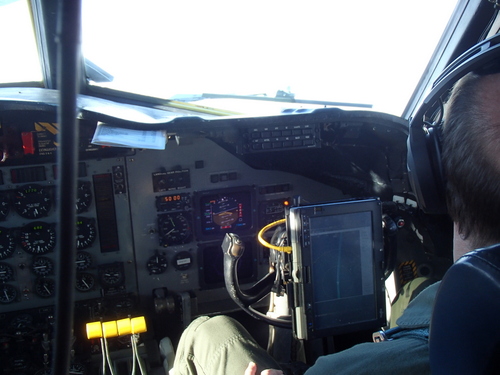
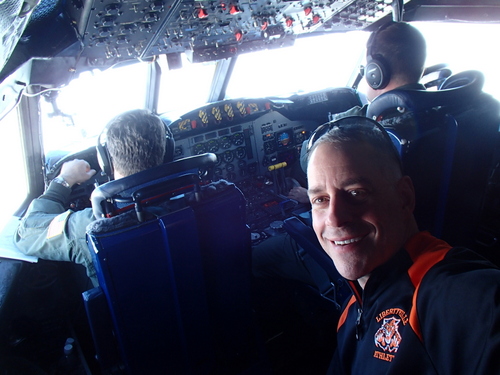
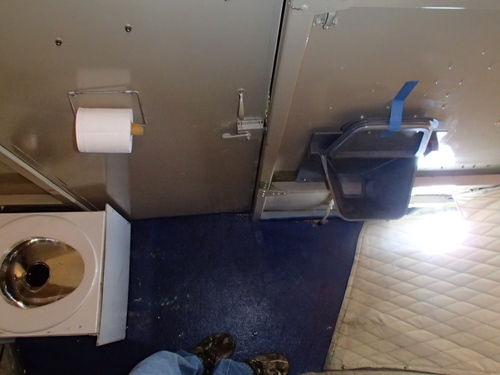
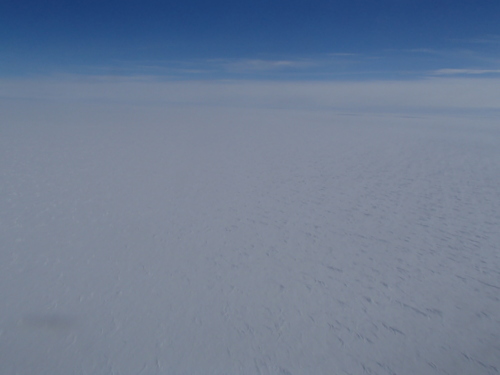
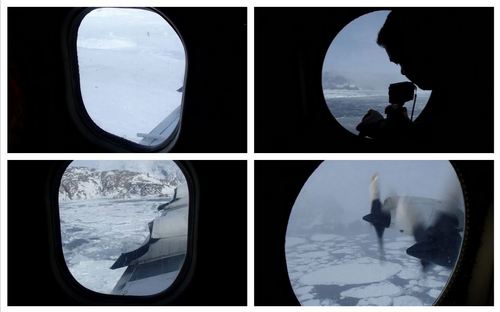
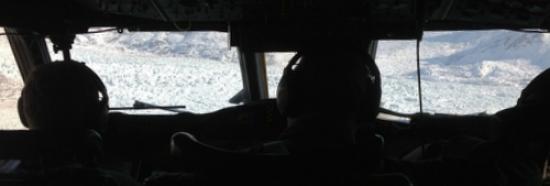


Comments